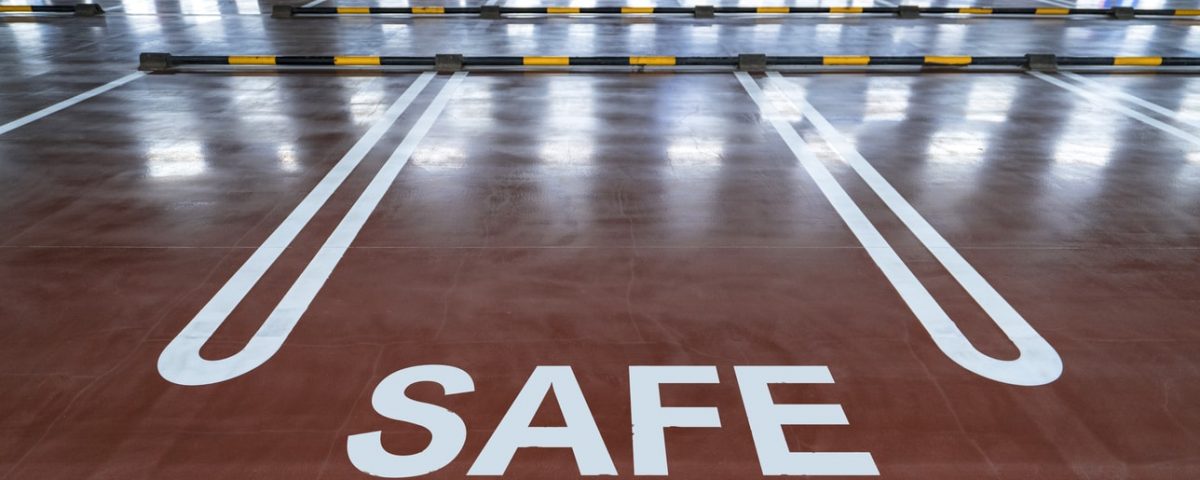Safe Spaces in Schools: Can they Work?

How to Make School Premises Safer for Students
August 12, 2019
National Analysis Looks at Charter Schools’ Impact on Segregation
August 26, 2019Safe Spaces in Schools: Can they Work?
Schools have always been thought of as safe spaces for students; places where learning is promoted as well as inclusivity. From escaping a terrible home situation to getting involved with groups of friends outside of their own standing, including socioeconomic status, race or gender, schools have created unique environments for students to expand their minds and hearts. Now, with the rise in hate crimes at school, according to the FBI, schools are officially expressing their role as a bona fide “safe spaces.”
Some argue, on the other hand, that safe spaces on campus restrict free speech rights for students, especially at the university level. This begs the question: can safe spaces in schools work? While they may be positive environments that put an emphasis on preparing young people for a diverse world, they may be hindering self-expression.
Safety in Schools
Safe spaces originally began in order to boost awareness around protecting women against violence and to provide a community to make a change. From there, these locations began representing LGBTQ+ people who lived with discrimination at home then had to go through it at school.
Now, this concept has expanded to all walks of life, including race, color, religious beliefs, and so on. This has been highlighted by the inception of social media and the influence it has on people’s points of view and decision making. Of the 160,000-plus students in today’s schools who are bullied, about one-third are targets of racial hostility.
Providing safe spaces for students of all walks can help minorities, LGBTQ+ youth, disabled students, and female students feel more included, involved, and protected while they go to school.
Advocates for Youth, a nonprofit that studies safety and well-being among today’s youth, says that between 6 and 10 percent of students in today’s schools identify as LGBTQ+ with more keeping their sexuality hidden. Even if a school doesn’t have a clear cut stance on sexuality, there still needs to be an emphasis on overall safety and physical, mental, and emotional health of all students. This is true for LGBTQ+ students as well as female students who may feel like they are the target of scrutiny or unwanted advances from other students.
Safety for Students with Trauma
Another sect among the student population in schools that most don’t think about is those who have suffered some sort of trauma, thus leaving them emotionally vulnerable. Trauma-informed teaching isn’t a new concept, but there can be more of an effort to boost its awareness in schools.
Research suggests that between half and two-thirds of all schoolchildren experience trauma of some kind. From abuse to the death of a parent or the suicide of a classmate, there are many ways in which students are emotionally impacted. Having trauma-informed instruction can help to prepare teachers to recognize the symptoms of trauma and to support those affected through things like interventions, counseling, and practices in the classroom to make them feel supported.
In safe spaces in schools, trauma-informed practices help students learn to regulate themselves and process any negative emotions better and in the middle of more support.
About PGUI
Professional Governmental Underwriters, Inc., is a full-service risk management company dedicated to assisting public, educational and non-profit entities in the management of their professional liability exposures including educators liability insurance. We are dedicated to providing state-of-the-art professional underwriting management and loss control advisory services on behalf of our designated carriers. For more information, call us toll-free at (800) 586-6502.


